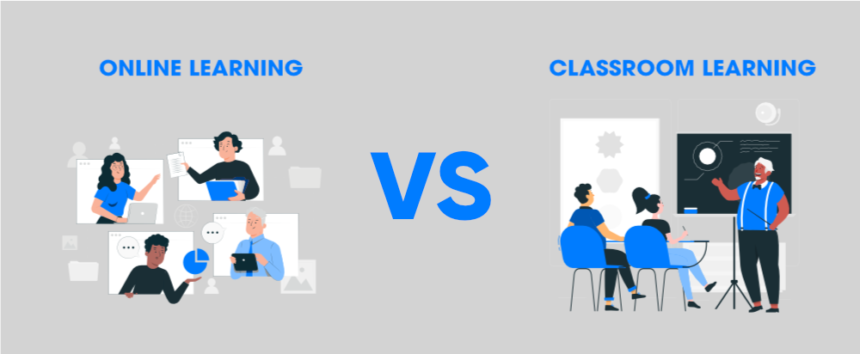In recent years, the debate between online learning and traditional classroom learning has intensified, driven by advancements in technology and the unprecedented disruptions caused by the COVID-19 pandemic. Both modes of education have their unique advantages and challenges, and understanding these can help educators, students, and policymakers make informed decisions about the future of learning.
Accessibility and Convenience
One of the most significant advantages of online learning is its accessibility. Students can access course materials and participate in classes from virtually anywhere with an internet connection. This flexibility is particularly beneficial for those with busy schedules, work commitments, or geographic limitations. For instance, students in rural areas or those living in different time zones can access the same quality of education as their urban counterparts. Moreover, online learning platforms often offer asynchronous courses, allowing students to learn at their own pace and on their own time, which can be a game-changer for adult learners or those juggling multiple responsibilities.
In contrast, classroom learning requires physical attendance, which can be both a strength and a limitation. The structured environment of a classroom can provide a disciplined learning atmosphere, free from the distractions that can come with studying from home. Additionally, the regular schedule of classroom learning helps in creating a routine, which can be crucial for younger students who benefit from consistent structure.
Interaction and Engagement
One of the primary criticisms of online learning is the lack of face-to-face interaction. In a traditional classroom, students and teachers can engage in real-time discussions, ask questions, and collaborate on projects. This immediate feedback loop is often missing in online learning environments, where communication can be asynchronous, leading to delays in responses and potential misunderstandings. Furthermore, the social aspect of classroom learning, including peer interactions and group activities, can enhance the educational experience and foster a sense of community and teamwork.
However, advancements in technology have started to bridge this gap. Online learning platforms now often include features like live video lectures, discussion forums, and interactive simulations that can mimic the interactive aspects of a classroom. Virtual breakout rooms and collaborative tools can facilitate group work and discussions, making online learning more engaging and interactive. Additionally, some students who may feel shy or anxious in a traditional classroom setting might find it easier to participate in discussions and express themselves in an online environment.
Cost and Resources
The cost of education is a significant factor for many students and their families. Online learning can be more cost-effective than traditional classroom learning. Without the need for physical infrastructure, transportation, and other logistical expenses, online courses can be offered at a lower cost. Additionally, digital resources such as e-books and online libraries can reduce the need for expensive textbooks, making education more affordable.
On the other hand, classroom learning often provides access to physical resources that online learning cannot replicate. Science labs, art studios, and other specialized facilities are crucial for hands-on learning experiences that are difficult to achieve online. Moreover, the availability of on-campus services such as counseling, extracurricular activities, and social events contributes to a well-rounded educational experience that extends beyond academics.
Learning Styles and Effectiveness
Different students have different learning styles, and the effectiveness of online versus classroom learning can vary accordingly. Visual and auditory learners might thrive in an online environment where they can watch lectures, participate in webinars, and review materials at their own pace. Kinesthetic learners, who learn best through hands-on activities, might find classroom learning more effective, where they can engage in physical experiments, group activities, and real-time demonstrations.
Studies on the effectiveness of online learning compared to classroom learning have shown mixed results. Some research indicates that online learning can be just as effective as classroom learning, especially when combined with high-quality instructional design and active learning strategies. However, the success of online learning often depends on the self-discipline and motivation of the student, as well as the availability of a supportive learning environment at home.
Future of Education
The future of education likely lies in a hybrid model that combines the best of both online and classroom learning. This blended approach can offer the flexibility and accessibility of online learning while retaining the interactive and hands-on elements of traditional classrooms. Educators can leverage technology to provide personalized learning experiences, adapt to different learning styles, and ensure that all students have access to quality education, regardless of their circumstances.
In conclusion, both online and classroom learning have their strengths and challenges. The choice between the two depends on various factors, including the needs and preferences of the student, the nature of the subject matter, and the resources available. As technology continues to evolve, the lines between online and classroom learning will blur, creating new opportunities for innovative and inclusive education models.







